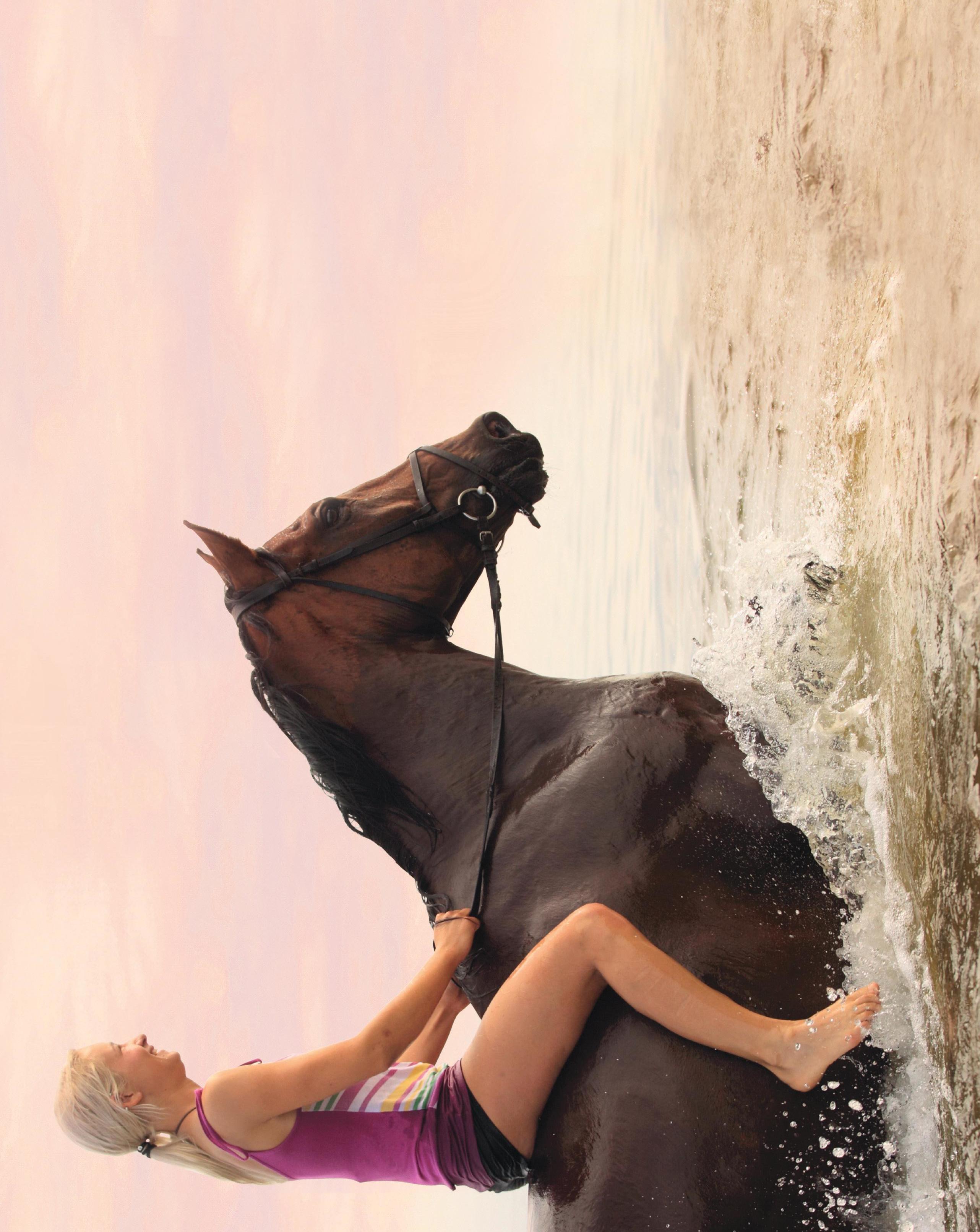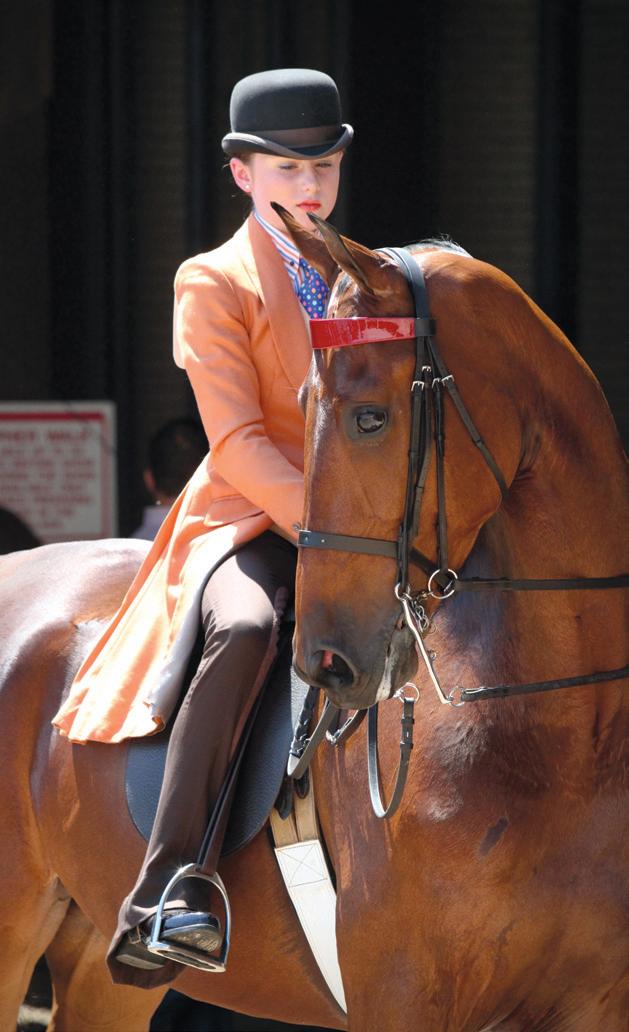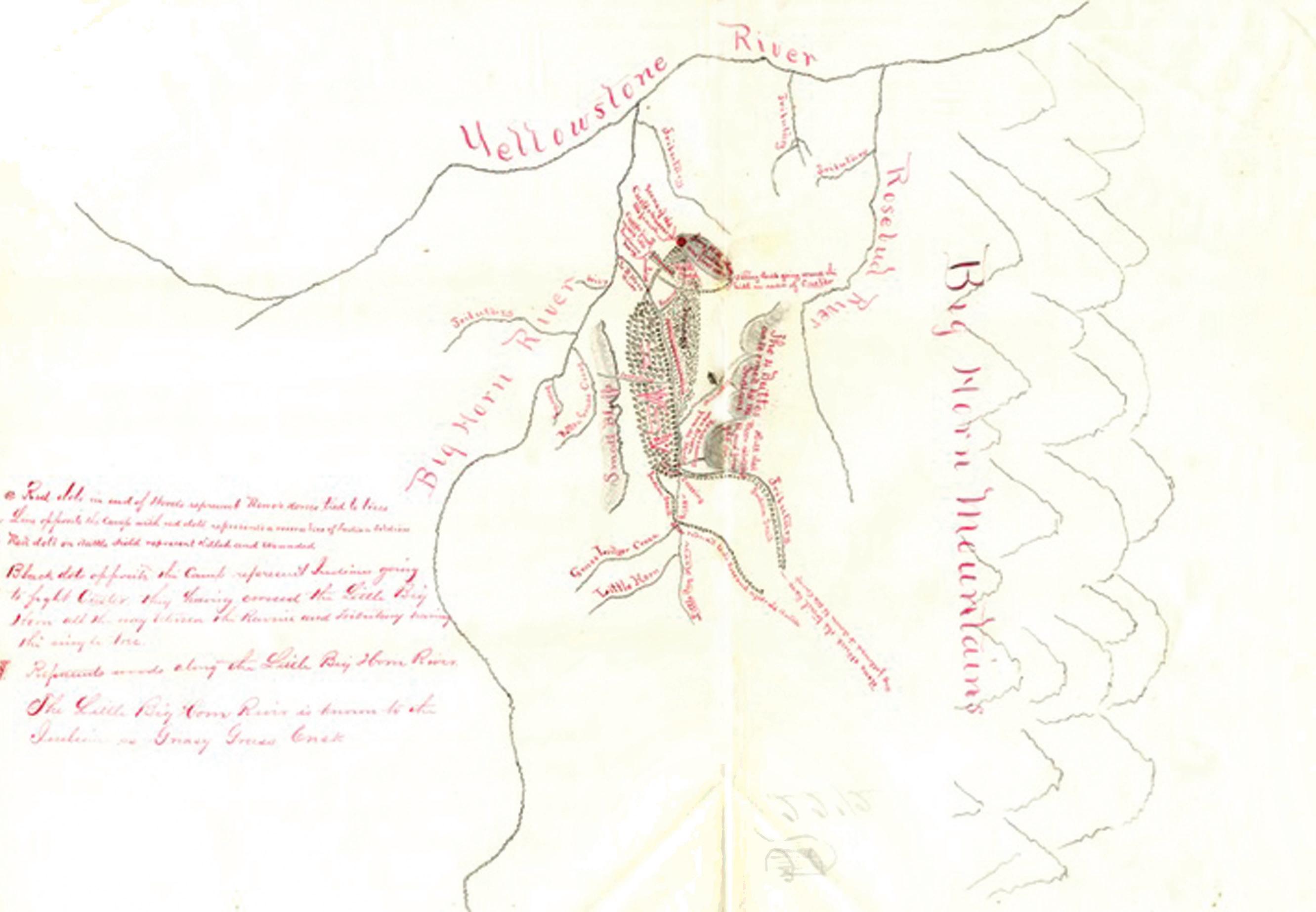
6 minute read
Summer Survival Guide
HORSE SENSE
Summer Survival guide
Advertisement
When it comes to helping your horse beat the summer heat, you have to think smart: start with lots of water, always keep the air circulating, and monitor your horse’s condition for safe passage through the heat of summer.
By Julie Kidrowski, Managing Editor
Here is Horse & Academy’s summer survival guide for horses. Follow it during these dog days of summer for your horse’s safety, health and comfort. Your horse will thank you!
There is nothing more important than providing plenty of fresh water for your horse at all times. Green water is not good water; wash water buckets and troughs often to keep algae from growing in them. If you don’t think your horse is drinking as much as he should, you can add electrolytes into the water bucket to replace sodium and potassium he has lost, and help him retain fluids better. Always read the instructions on the container first. Try night turn out for your horse. He’ll be lots cooler!
Give your horse a quick shower on the hot days. Use lukewarm water to hose or sponge your horse off. This will remove the sweaty grime and keep him comfortable, too!
Safely hang a fan on your horse’s stall to help keep the air circulating.
Work your horse early in the morning or later in the evening to help keep him cool. When cooling out after riding, take your time. You’ll want your horse to have a completely normal respiration rate before cutting him loose. Also, check back in on the horse as he cools out. Some horses are prone to reheating.
Horses sunburn, too! If your horse has white markings on his face, you should consider putting 30 spf sunscreen (the same stuff you use) on those areas. You’ll know if he has gotten sunburned if he has raw patches and peeling skin — just like us!
Take care of yourself, too! Make sure you dress appropriately to work around animals and handle the heat. Don’t forget your sunscreen, and drink plenty of water.
Keep salt and mineral blocks where your horse can get to them. Horses do a great job of monitoring their mineral needs by themselves when these are provided.
Be sure your horse is on a regular deworming schedule through the year. Summer is one of the most active times for parasite loads to increase in horses. Did you know parasites can cause severe and even fatal colic episodes? Talk with your vet to discuss the best plan for your area.
If your stable does not have an automatic fly spray system, you will need to spray your horse with fly spray at least once every day to decrease the stomping your horse does throughout the day. Keep the stall and turn out area clean and free of manure to reduce flies.
Did you know?
Some horses have an inability to sweat, called Anhidrosis. It can affect horses of all breeds and ages. These horses do not have ordinary means of eliminating the body heat they produce, and must be worked very cautiously during hot weather. Consult your veterinarian if you suspect your horse has Anhidrosis.
HEALTH & FITNESS
Working Out With BJ
BJ is the lead trainer at Woodside Health & Tennis Club in Kansas City, Missouri. He received his B.S. in Health and Human Performance from Fort Hays State University, followed by a year long placement in the sports science lab at Napier University in Edinburgh, Scotland.
Welcome The exercise will back to part three of our train your upper back four part series on train- and help you make that ing to improve perfor- powerful connection mance in the saddle. If you are just joining us, the last two articles have focused on what is traditionally called the “core.” Today I want to try an equipment free alternative to strengthening your upper back down to your back Standing Wall Slide “W” end, also known as your from your upper back “glutes.” This area con- to your glutes. Once tains tons of connective you get these muscles tissue that enables you to strong, maintaining sit tall in the saddle, and good posture in the sadit is crucial to properly dle becomes easier and train and strengthen it much more natural. to get maximum performance from your core.
by BJ Ward, Contributor
Standing Wall Slide
Stand about a foot away from a wall and then slide your back down the
Standing Wall Slide “Y”
wall, “sitting” into the wall. Your back should remain flat against the wall. Bring your arms up and make a “W” with them, while allowing your forearms to touch the wall. Then slide your arms straight up the wall until they make a “Y” shape, focusing to keep your forearms against the wall at all times. Next, slide your arms back down the wall and into the “W” position while y o u squeeze your shoulder blades together, down a n d back. Repeat this entire exercise for 12 repetitions starting with one or two sets and working up to three sets as you get stronger.
Our thanks to Macie and Emma for demonstrating the Standing Wall Slide. n
Photos:Deanna O’Byrne

BREED OF THE MONTH
Belgian Warmbloods: Bred to Perform
A new breed from the old world.
Compared to many Only foals deemed horse breeds, the Belgian free of obvious defects Warmblood is a “new” are eligible for the studbreed. Even though Ger- book and get branded. To many, France, and the keep their status in the
Netherlands had been studbook, stallions must producing elegant rid- participate in competiing horses for hundreds tions for young show of years, breeders in Bel- jumping horses called gium weren’t allowed to the “Classic Cycle.” breed saddle horses until The motto of the the 1950s.This is because Belgian Warmblood is the government wanted “Bred to Perform,” and to protect the bloodlines a primary breeding aim of the Belgian draft horse. of the BWP is perfor-
Then in 1953, the first mance in show jumping. stallion show for riding Olympic show jumpers horses took place, even include Big Ben (1984), though it was still illegal Darco (1992), Egano to breed riding horses (1992), Jus De Pomme in Belgium! The Belgian (1992), Joli Couer (1996),
Warmblood Studbook General characteris- made up of the head and and Sapphire (2008). Bel(BWP) was founded a tics of the Belgian Warm- neck of four horses. Stal- gian Warmbloods have few years later, in 1955. blood include excellent lions receive this brand also excelled at Olympic In the early years, Bel- trainability, good char- during their foal inspec- eventing; Britt was an gian breeders had to im- acter, and strong health. tion, when they are pre- Olympian in eventing port mares and stallions, The studbook requires sented to a jury for a in 1992. The breed’s developing an entirely that they have a “rectan- stallion licensing test. participation and influnew riding horse using gular frame, big outlines This test consists of a ence has even spread to
Thoroughbreds, Hol- and good basic paces” veterinary inspection, an Olympic dressage. steiners, Selle Français, and “be pleasant to ride evaluation of conforma- If you are thinking of
Hanoverians and Dutch and have an unobjection- tion and jumping ability buying a horse, consider
Warmbloods. A Belgian able character.” without a rider, as well as this: the BWP is known
Warmblood is not char- The only way to posi- an evaluation under the for its aggressive attiacterized by pedigree or tively identify a Belgian saddle. Mares are also tude towards eradicating appearance but by suit- Warmblood is to look evaluated, but judgment osteochondritis (deterioability for a purpose: for the breed brand on a of a mare’s qualities as a ration of bone and joint) sport jumping. horse’s left thigh: a circle riding horse is elective.

Denis Lynch and Nabab’s Son, in the main practice arena at the Dublin Horse Show, Ireland, August 2008. Photo: Culnacreann
by Nancy Norton, Executive Editor
continued, see ‘warmbloods’ page 24
August 2012

Photo: Linda Clair








